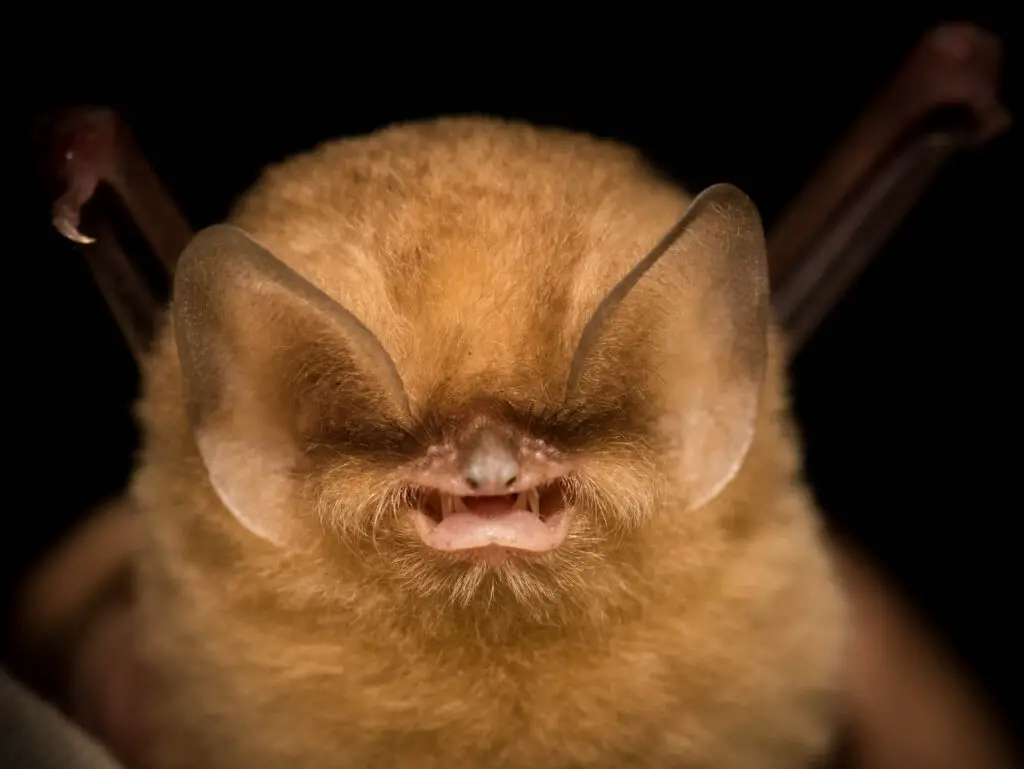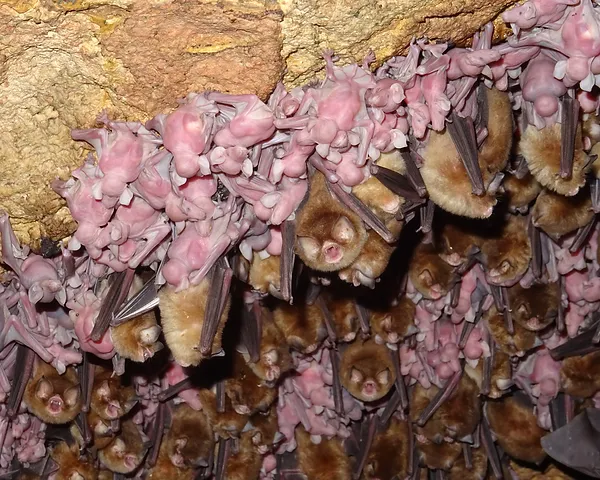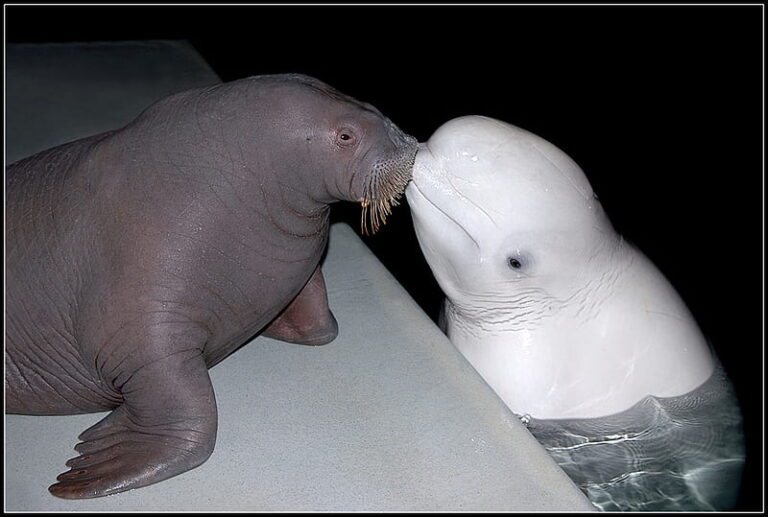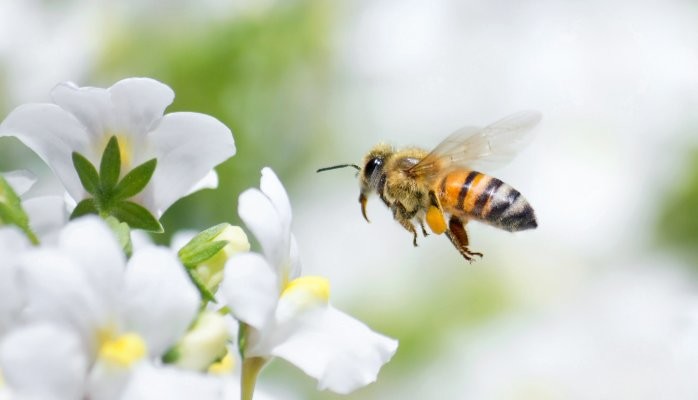Exploring the Fascinating World of Bat Nurseries
Have you ever wondered what a bat nursery looks like? If you picture dark, damp caves filled with tiny, furry creatures, you’re on the right track! Let’s take a closer look at the enchanting Mexican greater funnel-eared bats (Natalus mexicanus) and their unique roosting habits.

A Glimpse into Bat Life
These bats are known for their preference for “hot caves,” environments that provide nearly 100% humidity and temperatures reaching around 40 degrees Celsius (104 degrees Fahrenheit). Why do they choose such extreme conditions? The heat helps keep their young warm and ensures the bats can thrive in their nurturing habitat.
The Mexican greater funnel-eared bats are fascinating creatures, with long, funnel-shaped ears that give them a distinct appearance. These features are not just for show; their acute hearing allows them to navigate and hunt for insects in the dark.
The Importance of Hot Caves
Hot caves serve as the perfect nursery for these bats, providing shelter and safety for the young ones. The high humidity and warmth create an ideal environment for nurturing their offspring, ensuring that the babies grow strong and healthy.

Conservation Efforts
Understanding and protecting these unique habitats is crucial for the survival of the Mexican greater funnel-eared bat. As human activities encroach upon their natural environments, conservationists are working tirelessly to ensure that these bats continue to have safe places to roost and raise their young.
Conclusion
Next time you hear the flapping of wings overhead, take a moment to appreciate the intricate lives of bats like the Mexican greater funnel-eared bat. Their nurseries, hidden away in hot caves, are a testament to the wonders of nature and the importance of preserving these unique ecosystems.
For those interested in learning more, consider supporting local conservation efforts or visiting a bat sanctuary to witness these remarkable creatures in action!






